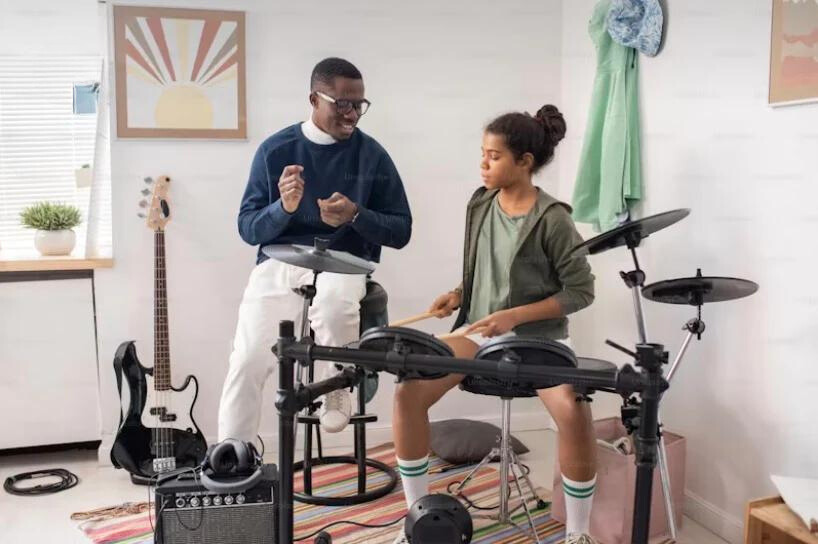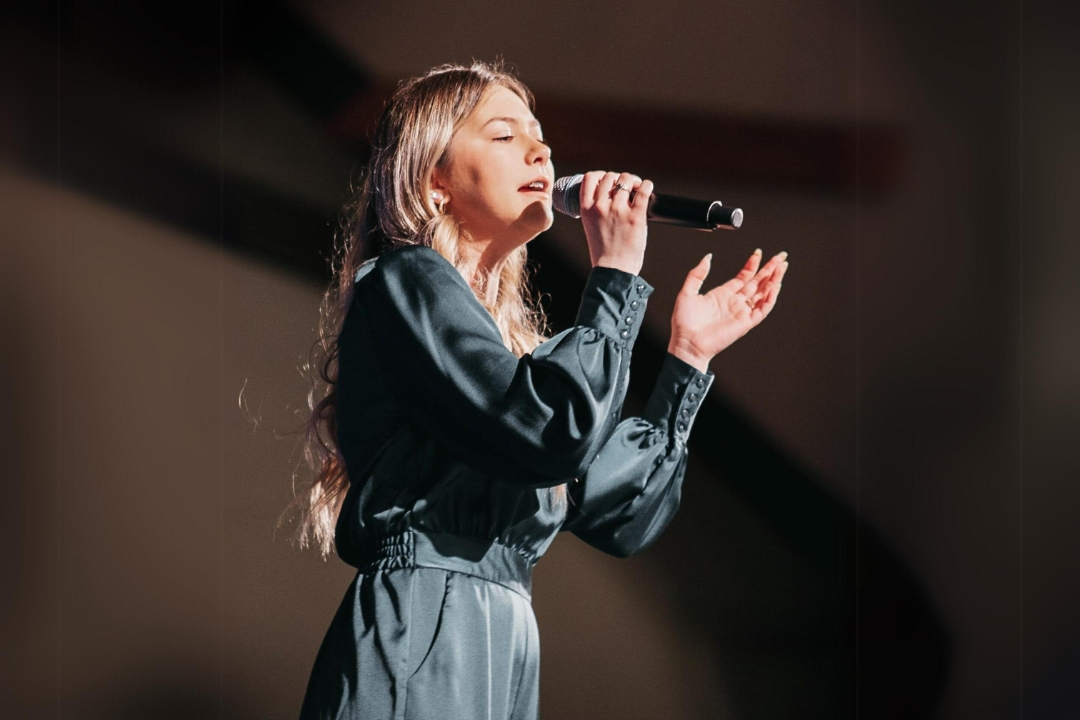The Evolution of Vocal Music
1. Antiquity & Middle Ages (c. pre-5th century - c. 1400)
-
Origins: Vocal music was initially inseparable from religious rituals, work songs, and celebratory activities, being more functional than artistic.
-
Religious Dominance: With Christianity becoming dominant in Europe, Gregorian Chant became the core vocal form.
-
Characteristics: A cappella, monophonic, Latin lyrics, free rhythm, simple melodies, exclusively male voices (often in monasteries).
-
Performance Style: Emphasis on clarity, purity, introspection, serving the text, avoiding dramatic expression and personal emotion.
-
-
Emergence of Polyphony: In the late Middle Ages, simple polyphony appeared (e.g., organum), with voices beginning to layer, though vocal lines remained relatively simple.
2. Renaissance Period (c. 1400 - c. 1600)
-
Rise of Secular Music: Secular vocal genres (e.g., madrigals, chansons) flourished in courts and cities alongside religious music.
-
Apex of Polyphonic Art: A cappella choral polyphony reached a high level of complexity and refinement (e.g., works by Palestrina, Lassus).
-
Characteristics: Interwoven polyphonic lines, harmonious balance, intricate counterpoint, greater emphasis on text expression (especially in secular music).
-
Vocal Demands: Required singers to have excellent intonation, rhythmic sense, collaborative ability, and understanding of polyphonic structure. Voices aimed for blend, smoothness, and avoidance of prominent individual timbre.
-
-
Vocal Groupings: Mixed choirs (SATB) gradually became the standard.
3. Baroque Period (c. 1600 - c. 1750)
-
Birth of Opera & Vocal Dramatization: The emergence of opera was a landmark event in vocal history, making the voice the core tool for dramatic expression.
-
Formation of Bel Canto: The Bel Canto style began to establish and develop.
-
Core Pursuit: Beautiful, fluid, flexible, expressive singing, emphasizing legato, ornate embellishments (coloratura), wide range, precise intonation, and sustained breath control.
-
Technical Development: Requirements for vocal technique (especially fast scales, trills, staccato) increased significantly.
-
-
Golden Age of Castrati: Castrati singers, possessing the lung capacity of adult men and the vocal range of women, became opera stars, performing highly ornate and virtuosic roles.
-
Elevation of Solo Singing: The aria became the core section for showcasing vocal skill and emotion. Basso continuo provided harmonic support.
-
Typification of Voice Types: Opera roles began to be categorized by timbre and range (e.g., heroic tenor, lyric soprano).
4. Classical Period (c. 1750 - c. 1820)
-
Stylistic Shift: Music pursued clarity, balance, and formal structure. Compared to Baroque virtuosity, greater emphasis was placed on naturally beautiful melody, rigorous form, and restrained, elegant emotional expression.
-
Continuation & Refinement of Bel Canto: Bel Canto technique remained foundational, but ornamentation was used more sparingly and purposefully, serving the music's overall structure and emotional expression.
-
Opera Reform: Gluck advocated for opera reform, emphasizing dramatic truth and music serving the plot, opposing excessive virtuosity.
-
Vocal Genres: Art song (Lied) began to flourish in German-speaking regions, focusing on poetic imagery and nuanced expression, with elevated importance of piano accompaniment.
5. Romantic Period (c. 1820 - c. 1900)
-
Apex of Emotional Expression: Personal emotion, dramatic conflict, nationalism, nature worship became central themes. The voice became an excellent vehicle for expressing intense feelings.
-
Splendor & Evolution of Bel Canto: Rossini, Bellini, Donizetti brought the Bel Canto style to its zenith, with beautiful, flowing melodies and extremely high technical demands. Simultaneously, demands for dramatic power increased significantly.
-
Wagner & "Dramatic" Singing:
-
Challenge: Wagner's massive, symphonic scores and lengthy, high-intensity singing placed unprecedented demands on singers.
-
Characteristics: Required fuller, more penetrating tone ("heroic" tenor, dramatic soprano), powerful breath support and stamina to project over a heavy orchestra. Greater focus on dramatic tension and character psychology, sometimes sacrificing pure tonal beauty.
-
-
Flowering of Art Song: Schubert, Schumann, Brahms, Wolf brought the art song to its peak, demanding high musicality, linguistic skill (German), tonal control, emotional nuance, and collaboration with the pianist from singers.
-
Rise of National Schools: Composers from various countries (e.g., Russia, Eastern Europe) created operas and songs with distinct national characteristics, enriching vocal styles and subject matter.
6. Late 19th - Early 20th Century: Verismo Opera
-
Context: Influenced by literary naturalism, focusing on the real lives and intense emotions (jealousy, violence, passion) of lower-class characters.
-
Representatives: Mascagni's Cavalleria Rusticana, Leoncavallo's Pagliacci, Puccini (partially).
-
Vocal Characteristics: Emotional expression became more direct, intense, even raw. Required passionate, explosive, sometimes slightly "rough" voices to portray dramatic conflict. Powerful high notes (e.g., the dramatic tenor's "High C") became iconic. Still required a foundation in Bel Canto technique.
7. 20th Century - Present: Diversification & Experimentation
-
Modernism & Avant-Garde:
-
Challenging Tradition: Atonality, complex rhythms, extreme ranges, non-singing vocal sounds (speaking, shouting, whispering, microtonal glissandi) were introduced (e.g., works by Schoenberg, Berg, Cage, Berio).
-
New Techniques: Singers needed to master novel, unconventional vocal techniques and possess strong musical abilities.
-
-
Rise of the Musical: Blending pop, jazz, rock, and other styles, singing became highly diverse (from near-operatic "Legit" singing to pure pop styles like "Belt"), emphasizing character portrayal and dramatic impact.
-
Influence of Popular Music: Popular singing styles (microphone technique, breathy tones, raspy sounds, growls, various embellishments) vastly enriched vocal expression, interacting with classical techniques (crossover music).
-
Historically Informed Performance (HIP): Revivalist approach to early music (Baroque, Renaissance), researching and practicing period performance styles, ornamentation, instrumentation, etc., seeking "authenticity".
-
Scientific Vocal Pedagogy: Deeper research into vocal physiology and acoustics led to more systematic and scientific vocal training.
-
Global Perspective: Vocal traditions worldwide (e.g., Peking Opera, Indian classical singing, African singing) gained greater attention, study, and exchange, influencing contemporary vocal composition and performance.
-
Impact of Technology: Recording and amplification technology radically changed vocal dissemination and appreciation, also influencing singing styles (e.g., more nuanced projection for microphones).
Core Trends in Vocal Evolution
-
From Function to Art: Evolving from religious rites and work songs to an independent art form.
-
From Simplicity to Complexity: Progressing from monophonic chant to highly complex polyphony, opera, and modernist works.
-
Refinement of Technique: Development of Bel Canto, with ever-increasing demands on breath, resonance, range, and flexibility.
-
Deepening of Expression: Shifting from introspection and service to text to expressing rich, profound, personalized emotion and dramatic conflict.
-
Diversification of Genres: Proliferation of chant, madrigal, opera, oratorio, art song, musical, pop song, etc.
-
Changing Vocal Aesthetics: Evolving ideals from purity and blend (polyphony), beauty and fluency (Bel Canto), to dramatic power (Wagner/Verismo), then to diversity and individuality (post-20th century), alongside HIP's rediscovery of early sound colors.
-
Technology & Science as Drivers: Instrument development (affecting orchestration and singing), recording, amplification, and vocal science profoundly altered the vocal landscape.
-
Globalization & Fusion: Increasingly frequent cross-cultural and cross-stylistic exchange and borrowing.







